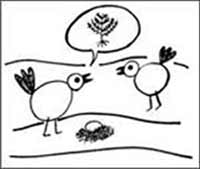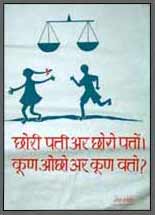| Communication |
Designing materials in isolation from the audience, in a non-interactive manner, results in miscommunication; assumptions are made about how people interpret and understand pictures. The designer often ignorantly assumes symbols to be universal, without acknowledging that for an audience with no formal school education, abstracted symbols like ticks and crosses, speech bubbles and scales, are taken literally and hold no symbolic meaning. |
Common Misinterpretations: Myth of the Universal Symbol
Ticks and Crosses: |
|
|
|
This simple health message for non literate women was designed to read: "Cover your water pot to protect it from dust and flies, to avoid health risk". When asked to interpret the visual, the women asserted that the pot is uncovered and then placed behind two sticks; the tick mark next to the covered pot was interpreted as a hathay wala lota, a water scoop. The health content of the visual had been completely missed. |
Gender Symbols: |
|
|
This poster illustrates the importance of literacy for women, and that a signature is more identifiable than the fingerprints of a non-literate woman. Unfortunately, in the attempt to encourage written literacy, the poster was visually illiterate for the rural audience. Gender symbols, |
Speech Bubbles: |
|
|
These are recognized by most urban children who have been surrounded by comics. For rural youth, the speech bubbles are logically interpreted as clouds. Not only do they resemble the shape of clouds, they are also placed above the objects 'in the sky'. Rural audiences may also identify the speech bubble as a compound wall, built around a plantation to prevent grazing. |
Symbolic representation: |
|
|
The scale in the poster to the right denotes justice or equality, as the scales are evenly balanced; with this connotation, the poster denotes gender equality. In a picture recognition session with a rural audience, the poster was interpreted three different ways: 1) the intended gender equality, 2) boy and girl are running to the grocery store to buy grain. The weighing scales are associated only with shops, and 3) one of the children has polio. |
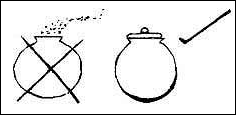
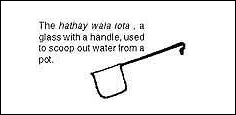
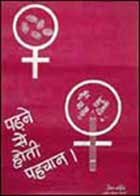
 for female and
for female and  for male, are unrecognizable to many audiences, rural and urban alike.
for male, are unrecognizable to many audiences, rural and urban alike. 